

- RFQ
- BOM
-
Contact Us
Tel: +86-0755-83501315
Email: sales@sic-components.com
- Chinese
- English
- French
- German
- Portuguese
- Spanish
- Russian
- Japanese
- Korean
- Arabic
- Irish
- Greek
- Turkish
- Italian
- Danish
- Romanian
- Indonesian
- Czech
- Afrikaans
- Swedish
- Polish
- Basque
- Catalan
- Esperanto
- Hindi
- Lao
- Albanian
- Amharic
- Armenian
- Azerbaijani
- Belarusian
- Bengali
- Bosnian
- Bulgarian
- Cebuano
- Chichewa
- Corsican
- Croatian
- Dutch
- Estonian
- Filipino
- Finnish
- Frisian
- Galician
- Georgian
- Gujarati
- Haitian
- Hausa
- Hawaiian
- Hebrew
- Hmong
- Hungarian
- Icelandic
- Igbo
- Javanese
- Kannada
- Kazakh
- Khmer
- Kurdish
- Kyrgyz
- Latin
- Latvian
- Lithuanian
- Luxembou..
- Macedonian
- Malagasy
- Malay
- Malayalam
- Maltese
- Maori
- Marathi
- Mongolian
- Burmese
- Nepali
- Norwegian
- Pashto
- Persian
- Punjabi
- Serbian
- Sesotho
- Sinhala
- Slovak
- Slovenian
- Somali
- Samoan
- Scots Gaelic
- Shona
- Sindhi
- Sundanese
- Swahili
- Tajik
- Tamil
- Telugu
- Thai
- Ukrainian
- Urdu
- Uzbek
- Vietnamese
- Welsh
- Xhosa
- Yiddish
- Yoruba
- Zulu
- Kinyarwanda
- Tatar
- Oriya
- Turkmen
- Uyghur
IC Chips for Aerospace
In the realm of aerospace, where missions push the boundaries of human explorationŌĆöfrom orbiting satellites to Mars rovers and commercial airlinersŌĆöintegrated circuit (IC) chips serve as the invisible backbone. These specialized devices are engineered to survive and thrive in environments that would cripple conventional electronics: extreme temperatures, cosmic radiation, vacuum conditions, and mechanical stress. This article explores the critical role of aerospace ICs, their technological breakthroughs, key applications, and future trends.
1. The Harsh Realities of Aerospace Environments
Aerospace systems demand ICs that withstand conditions far beyond commercial electronics:
Cosmic Radiation: High - energy particles (protons, heavy ions) cause single - event upsets (SEUs) (random bit flips in memory) and single - event latch - up (SEL) (catastrophic circuit failure). For example, Mars rovers face thousands of particle strikes per second, risking data corruption.
Extreme Temperatures: Lunar missions experience - 190Ōäā (night) to + 130Ōäā (day); hypersonic vehicles reach 600Ōäā+. Silicon - based chips (limited to ~200Ōäā) fail here, requiring advanced materials.
Mechanical Stress: Rocket launches subject ICs to 20g+ vibrations and shock; satellite deployments add thermal cycling stress, testing solder joints and packaging.
Longevity: Satellites operate for 15ŌĆō20 years, so ICs must resist electromigration (metal wiring degradation) and oxide breakdown (insulator failure) over decades.
2. Technological Breakthroughs: From Silicon to Silicon Carbide
1. Silicon Carbide (SiC): A Game - Changer
NASAŌĆÖs Glenn Research Center spearheads SiC technology, enabling ICs to operate at 650Ōäā+ (red - hot temperatures). Unlike silicon, SiC thrives in:
High Temperature: A 3mm├Ś3mm SiC oscillator chip in a ceramic package functions at 650Ōäā, far exceeding siliconŌĆÖs limits.
High Power/Radiation: SiC transistors handle higher voltage/current with minimal losses, critical for electric propulsion and solar arrays.
Space Heritage: NASAŌĆÖs early SiC diode/transistor research (1990s) laid the foundation for todayŌĆÖs $2B+ global SiC industry (e.g., Wolfspeed, spun off from Cree).
2. Radiation - Hardening Techniques
To survive cosmic radiation, ICs use:
Circuit Design: Triple - modular redundancy (TMR) votes on data from three independent circuits, masking SEUs.
SOI Technology: HoneywellŌĆÖs Silicon - on - Insulator (SOI) CMOS isolates transistors, reducing latch - up risk and improving radiation tolerance.
Qualification Testing: Space IC products undergo total ionizing dose (TID) and single - event effects (SEE) tests, meeting European Space Component Coordination (ESCC) standards.
3. Key Aerospace IC Products and Manufacturers
3.1 NASA: Pushing SiC Innovation
NASA Glenn prototypes SiC ICs for extreme environments (e.g., 500Ōäā+ junction field - effect transistors) and shares IP via open - source guides. This bridges lab research to commercialization, enabling industries like aerospace and energy to adopt SiC.
3.2 Space IC: Radiation - Hardened Solutions
Space IC specializes in ITAR/EAR - free (export - friendly) ICs for harsh environments:
SPPL12420 RH: A 2A, 24V synchronous buck converter (ESCC - certified) for power - constrained satellites, proven in orbit since 2015.
SP LVDS Series: 400Mbps line drivers/receivers with wide voltage tolerance (- 7V to + 12V), resisting noise and radiation for high - speed data links.
3.3 Honeywell: Custom ASICs and Foundry
HoneywellŌĆÖs SOI CMOS foundry builds:
Custom ASICs: Up to 15 million gates for mission - specific needs (e.g., satellite payloads).
Multi - Project Wafer (MPW) Services: Reduces prototype costs by 80% via shared wafer resources, accelerating innovation for small teams.
3.4 Microchip: Radiation - Tolerant MCUs
MicrochipŌĆÖs SAM D21 RT (ARM Cortex - M0+ MCU) targets space - constrained missions:
Operates at - 40Ōäā to 125Ōäā, with TID tolerance (50 krad) and SEL immunity (78 MeV┬Ęcm┬▓/mg).
Integrates analog/digital peripherals (ADC, DAC, USB), simplifying design for lunar landers (Artemis program) and rovers.
3.5 Microsemi (Microchip): Power Modules for Aviation
MicrosemiŌĆÖs Power Core Module (PCM) drives ŌĆ£more electric aircraftŌĆØ (MEA):
Integrates SiC power bridges, FPGAs, and gate drives for flight control actuation (e.g., landing gear, primary flight surfaces).
Reduces weight/size while handling 270V/540V DC buses, critical for fuel - efficient airliners.
3.6 DEI: Avionic Data Bus ICs
DEI specializes in ARINC - 429 ICs for commercial aviation:
Support data transfer in flight control, navigation, and engine systems.
Include lightning - protection features (RTCA DO - 160 compliance), safeguarding against power surges.
4. Applications Across Aerospace Domains
4.1 Space Exploration
Satellites: Radiation - hardened ICs manage power (e.g., Space ICŌĆÖs SPPL12420 RH) and high - speed data (SP LVDS series) for Earth observation and communications.
Planetary Rovers: MicrochipŌĆÖs SAM D21 RT controls instruments on Mars Perseverance, processing sensor data in - 130Ōäā cold.
Deep - Space Missions: NASAŌĆÖs SiC ICs enable 600Ōäā+ sensing in Venus probes, where silicon would melt.
4.2 Commercial Aviation
Flight Control: MicrosemiŌĆÖs PCM precisely drives actuators, ensuring smooth wing/flap movements.
Avionics: DEIŌĆÖs ARINC - 429 ICs transmit data between cockpit displays, engines, and navigation systems.
Electric Propulsion: SiC power modules boost efficiency in hybrid - electric aircraft, reducing fuel use.
4.3 Defense and Drones
Unmanned Systems: NXPŌĆÖs multicore processors handle autonomous navigation and sensor fusion for military drones.
Radar and Communications: Radiation - hardened ICs ensure reliable data links in high - radiation zones (e.g., near nuclear assets).
5. Future Trends: Smaller, Tougher, More Connected
Wider SiC/GaN Adoption: Gallium Nitride (GaN) joins SiC for higher - frequency, lower - loss power conversion in next - gen launch vehicles.
AI at the Edge: Space - rated AI chips (e.g., neuromorphic processors) will enable real - time data analysis on - orbit, reducing Earth - communication latency.
Commercialization Acceleration: NASAŌĆÖs open - source IP and MPW services will democratize access to space - grade ICs, fueling startups in lunar bases and asteroid mining.
Extreme Longevity: ICs designed for 20+ year missions will support permanent lunar outposts and interstellar probes.
Conclusion
Aerospace IC chips are not just componentsŌĆöthey are enablers of human ambition. From NASAŌĆÖs red - hot SiC oscillators to MicrochipŌĆÖs radiation - tolerant MCUs, these devices turn ŌĆ£impossible environmentsŌĆØ into ŌĆ£explorable frontiers.ŌĆØ As technology advances, aerospace ICs will shrink in size, grow in intelligence, and extend humanityŌĆÖs reachŌĆöone millimeter - scale chip at a time. Whether powering a Mars roverŌĆÖs drill or an airlinerŌĆÖs wings, they remain the silent heroes of every mission beyond our atmosphere.
SIC offers aerospace IC chips. If you need any chips, please send us your BOM to get the latest quotation! Our Emails: sales@sic-components.com
https://www.sic-components.com/

Hot Products
View MoreRelated Blogs

2000+
Daily average RFQ Volume

30,000,000
Standard Product Unit

2800+
Worldwide Manufacturers

15,000 m2
In-stock Warehouse



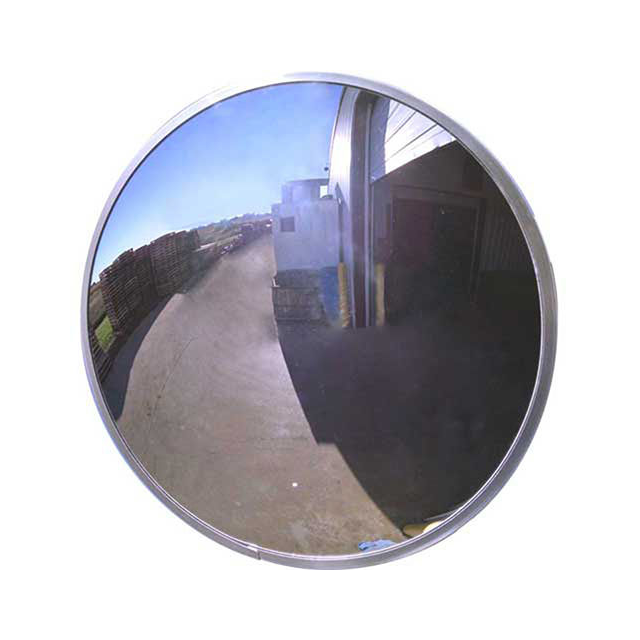

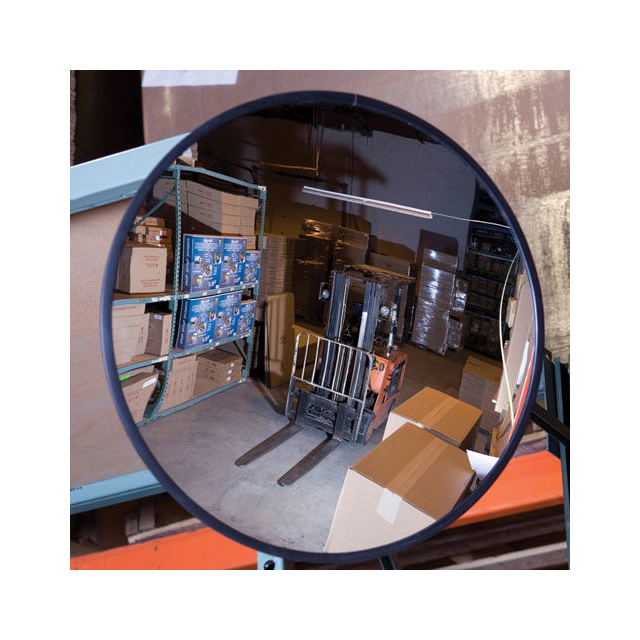
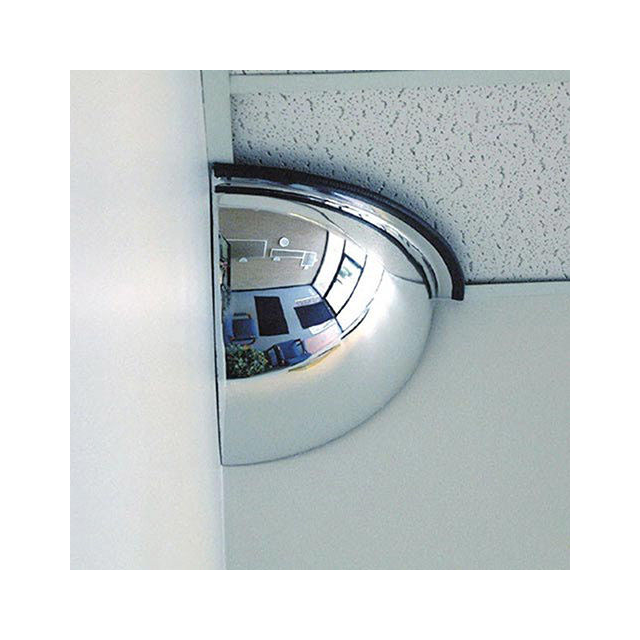

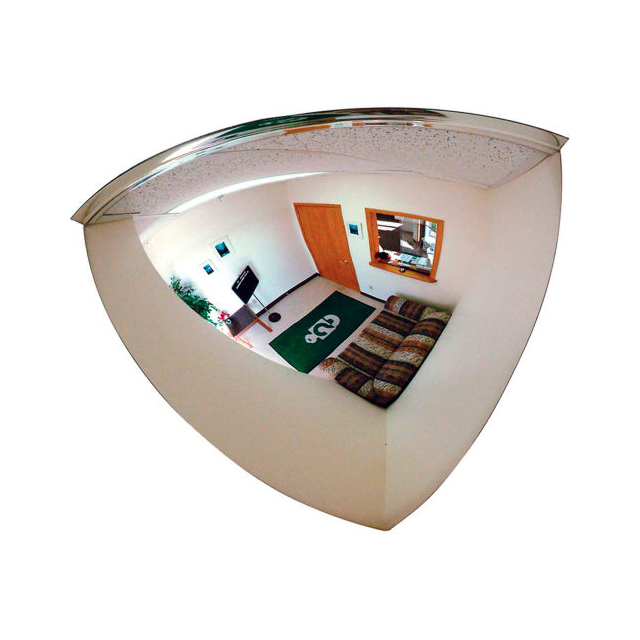
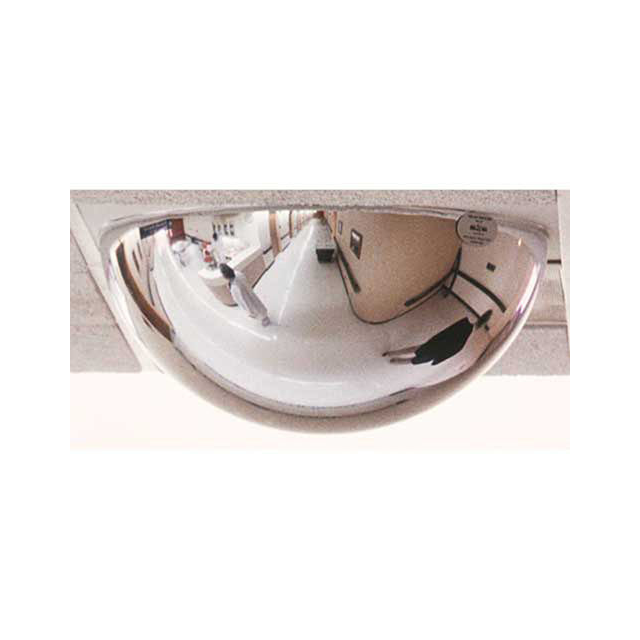
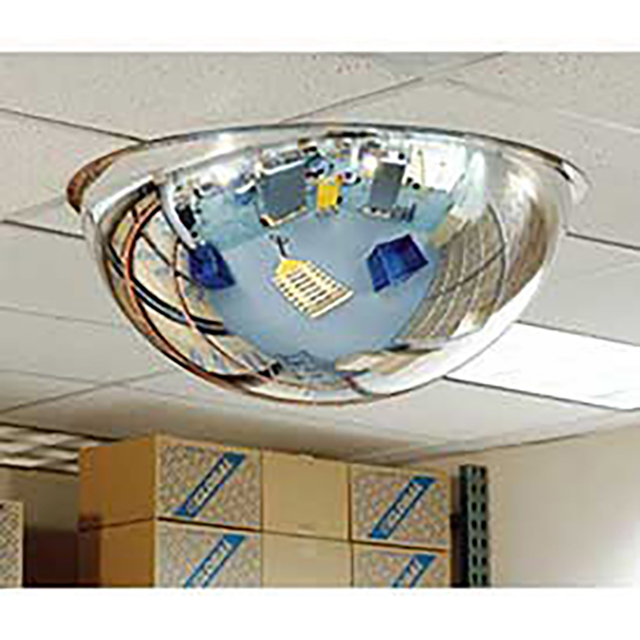
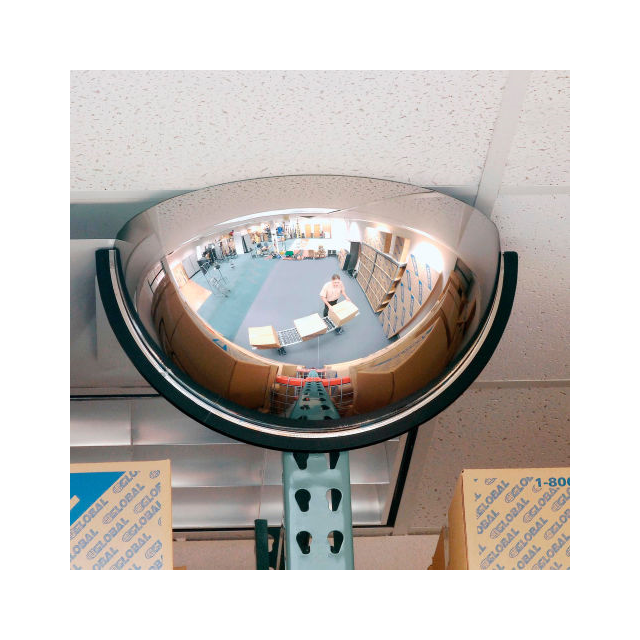

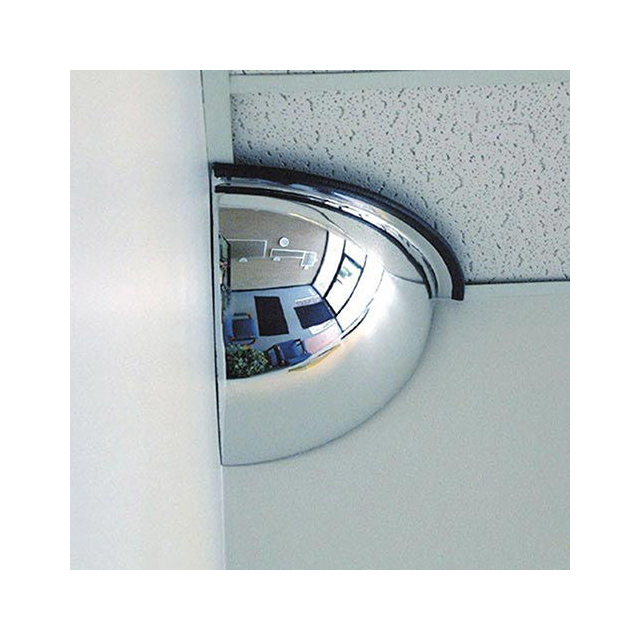

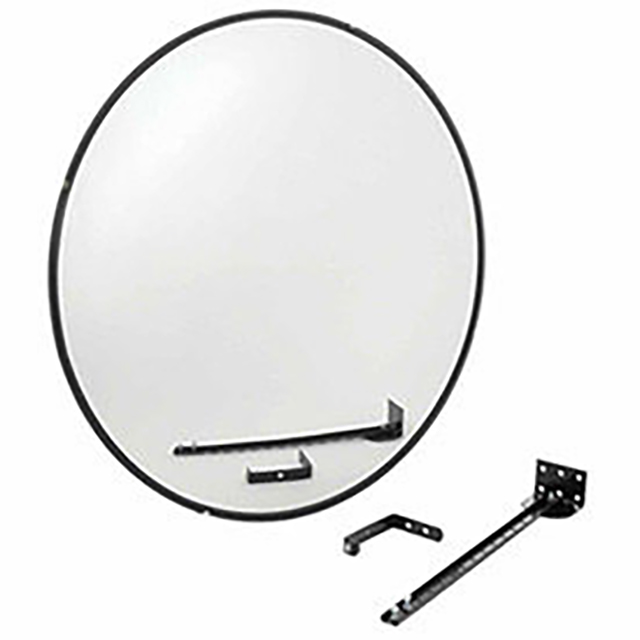
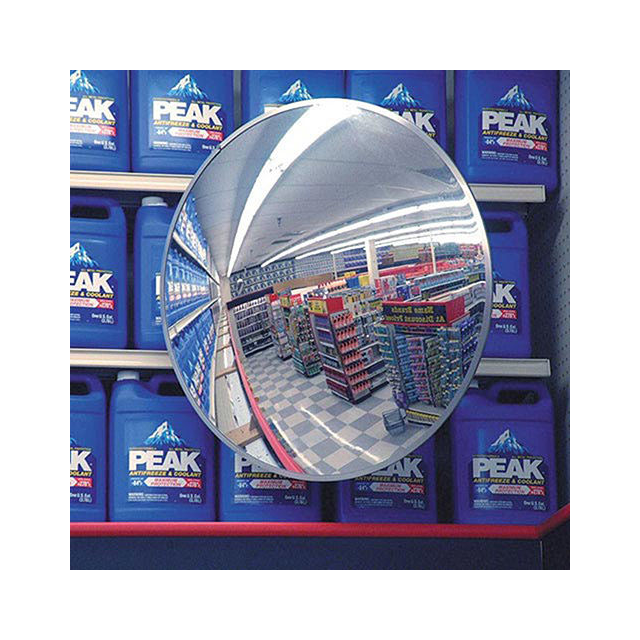
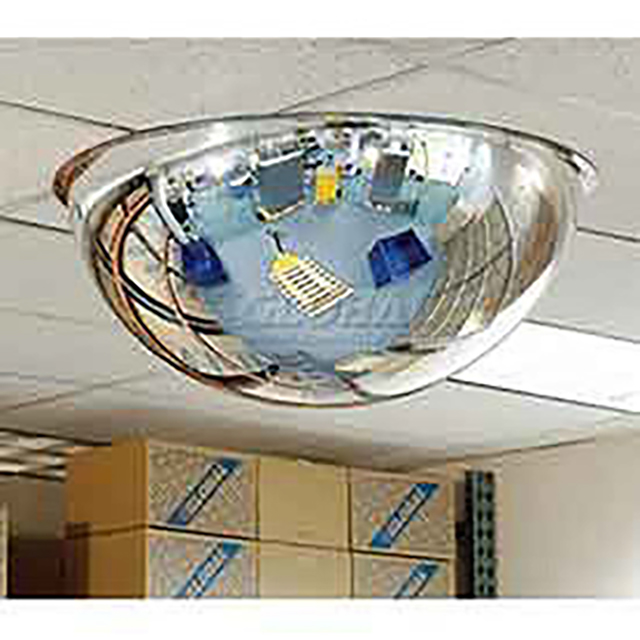
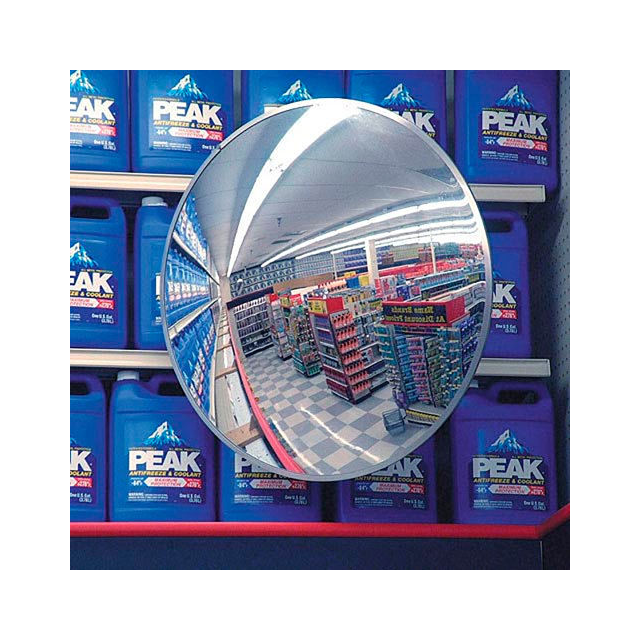
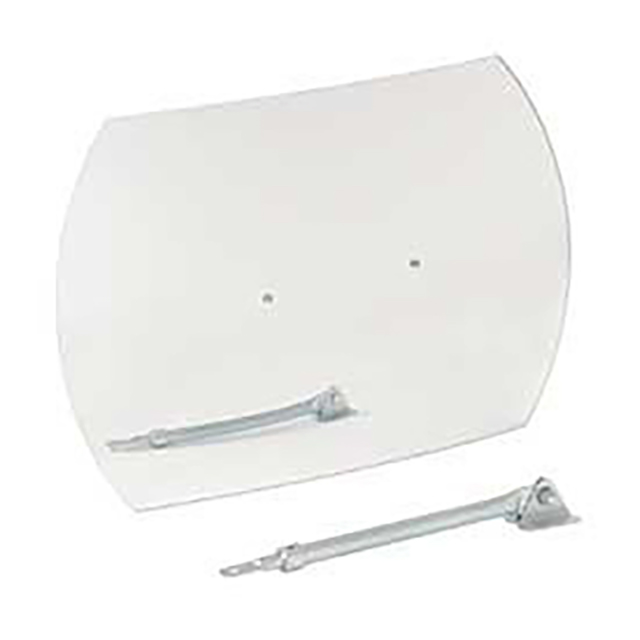

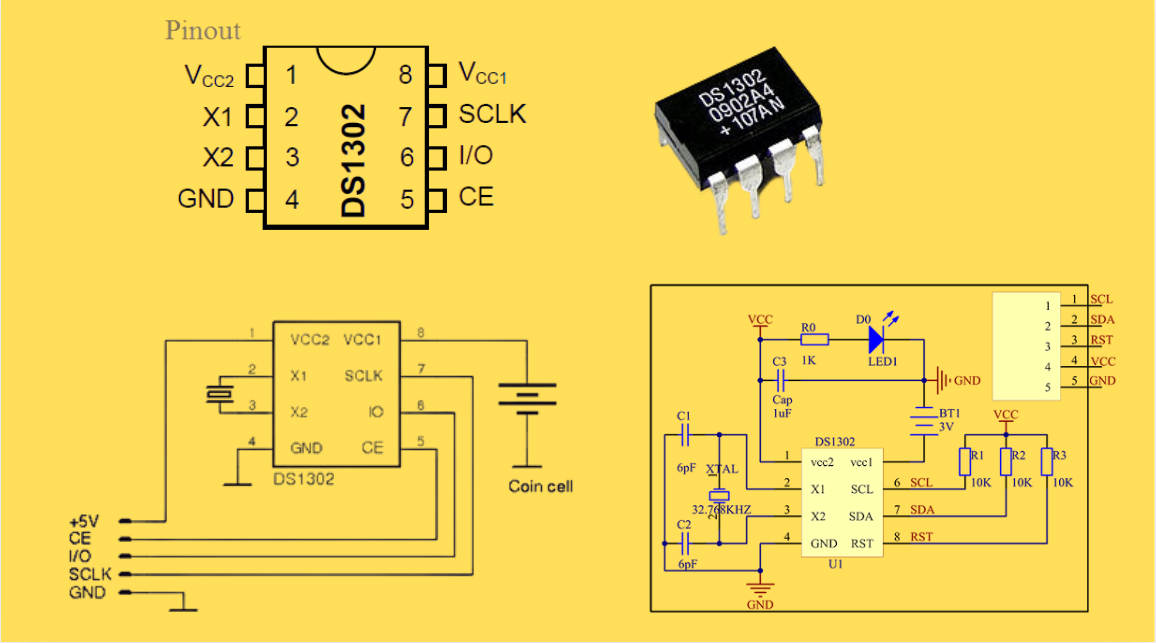

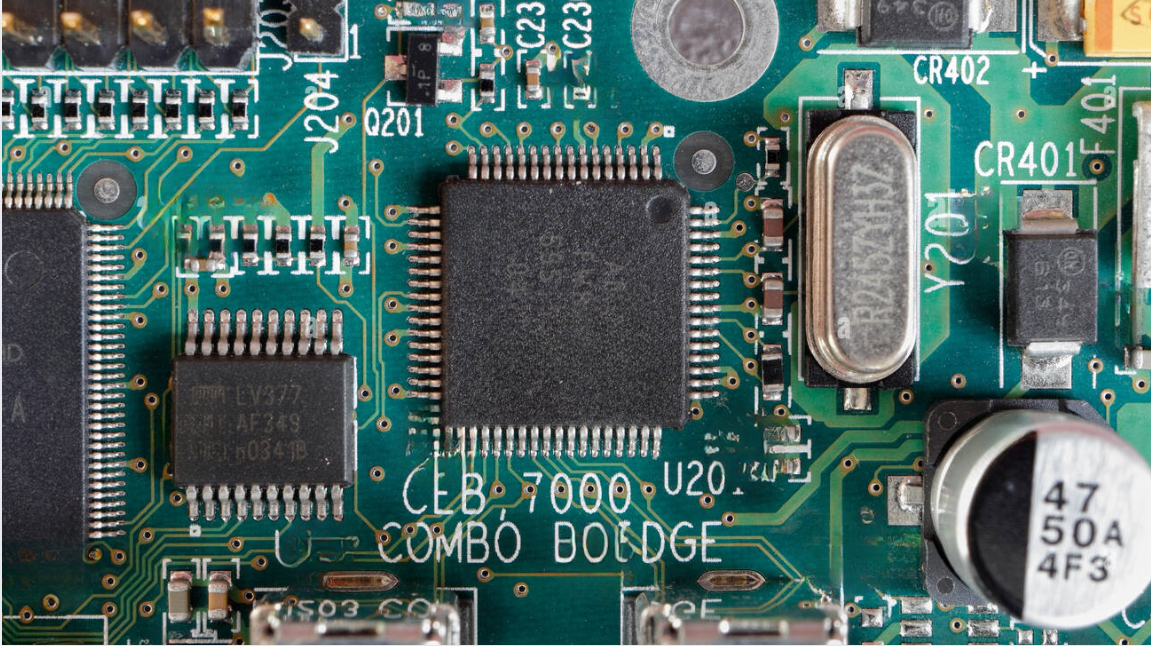
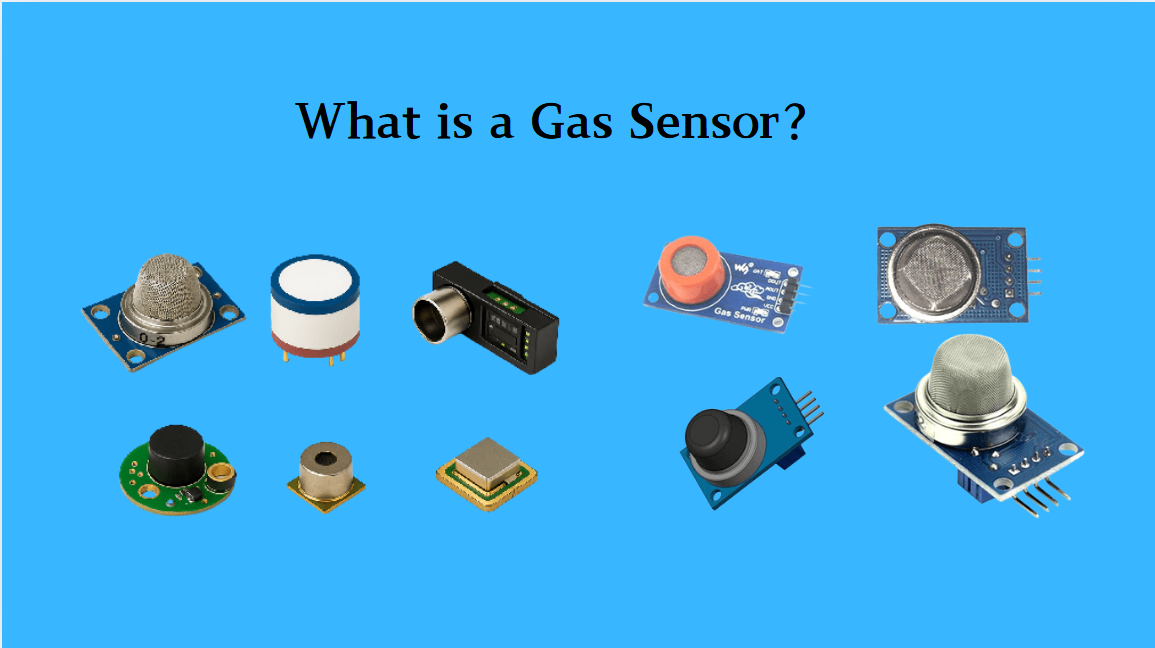

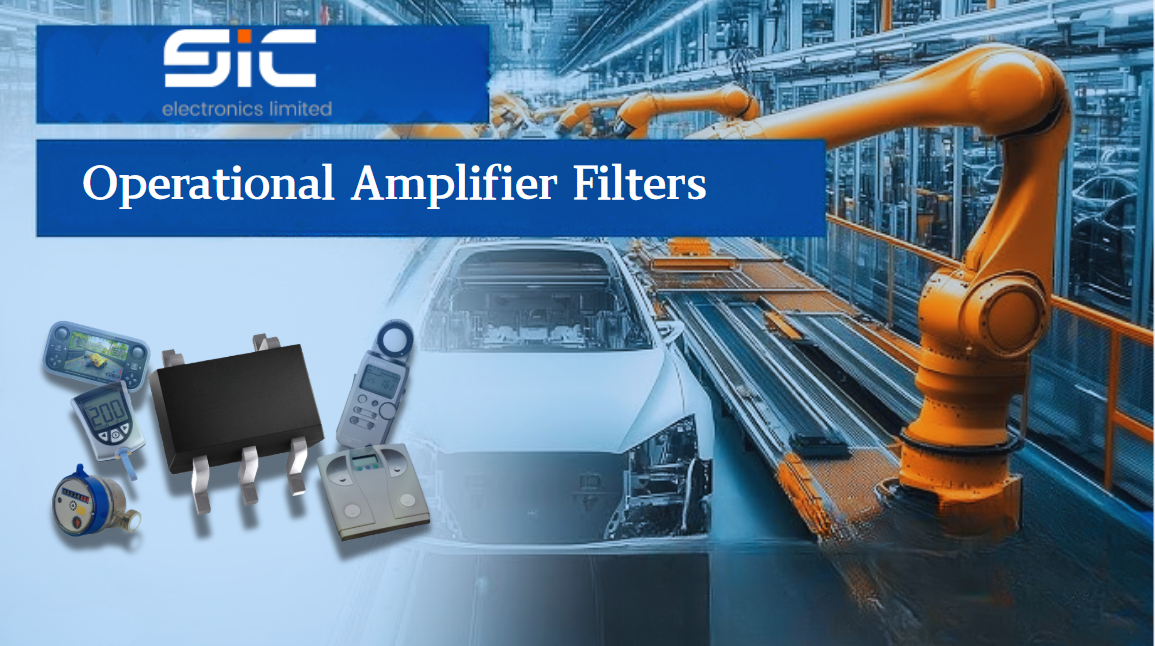
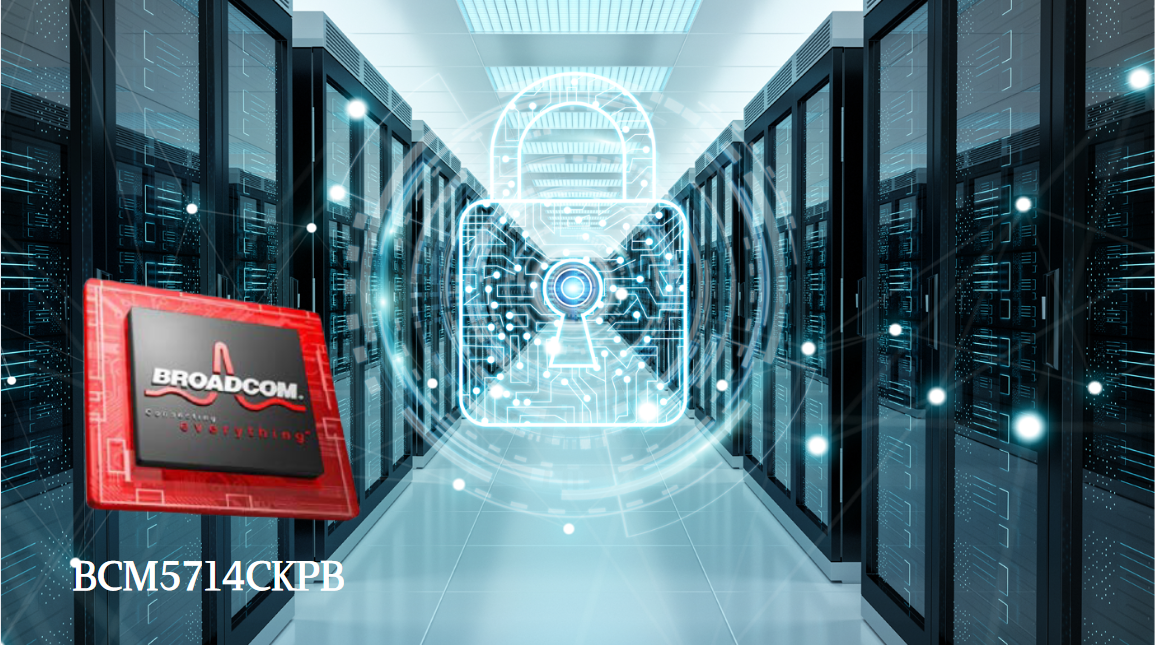
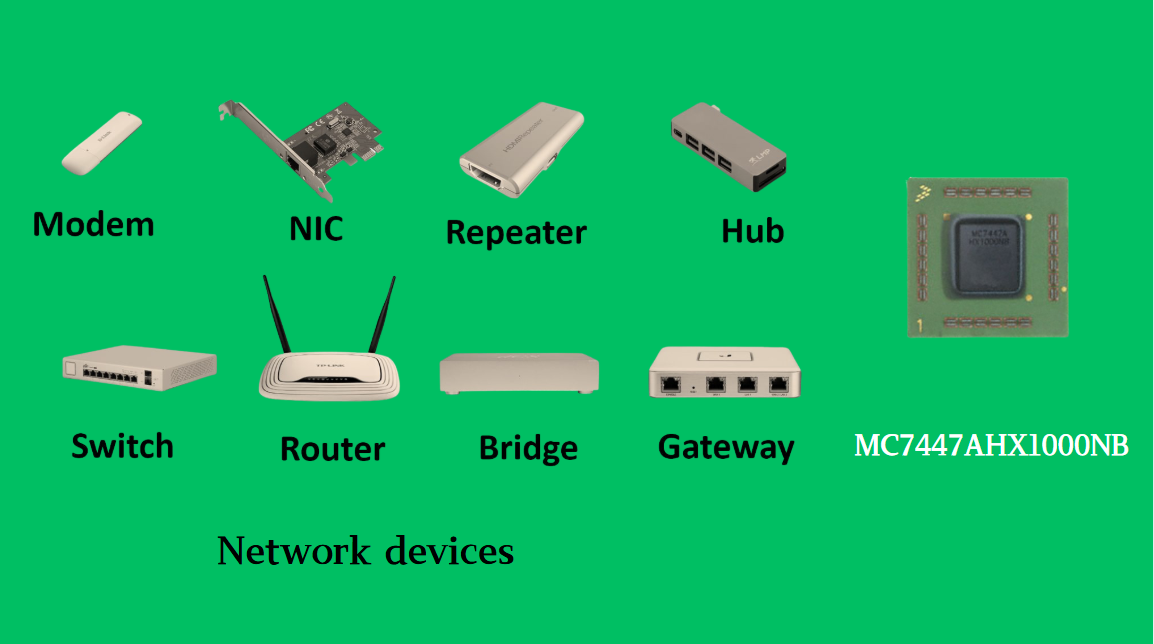
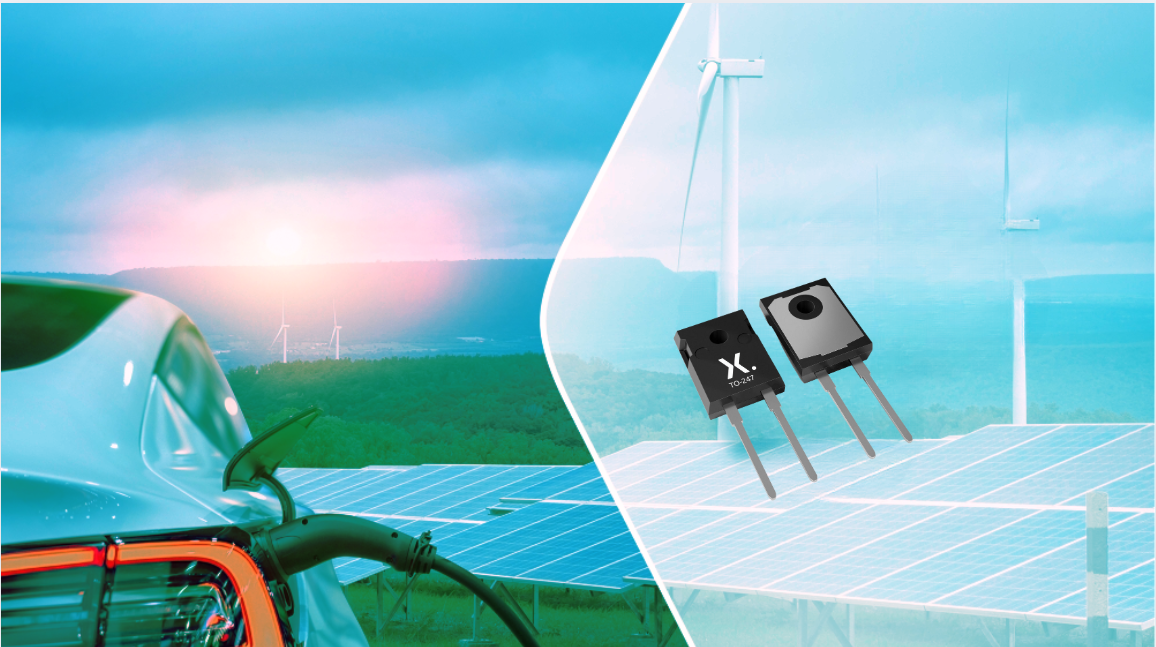
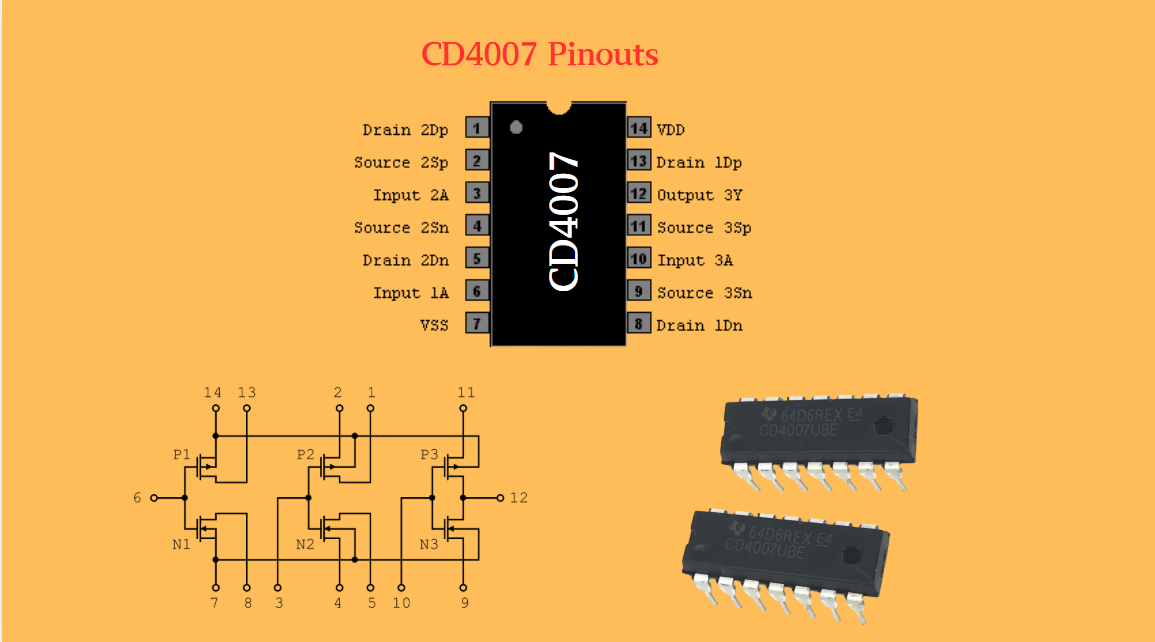
 Wishlist (0 Items)
Wishlist (0 Items)